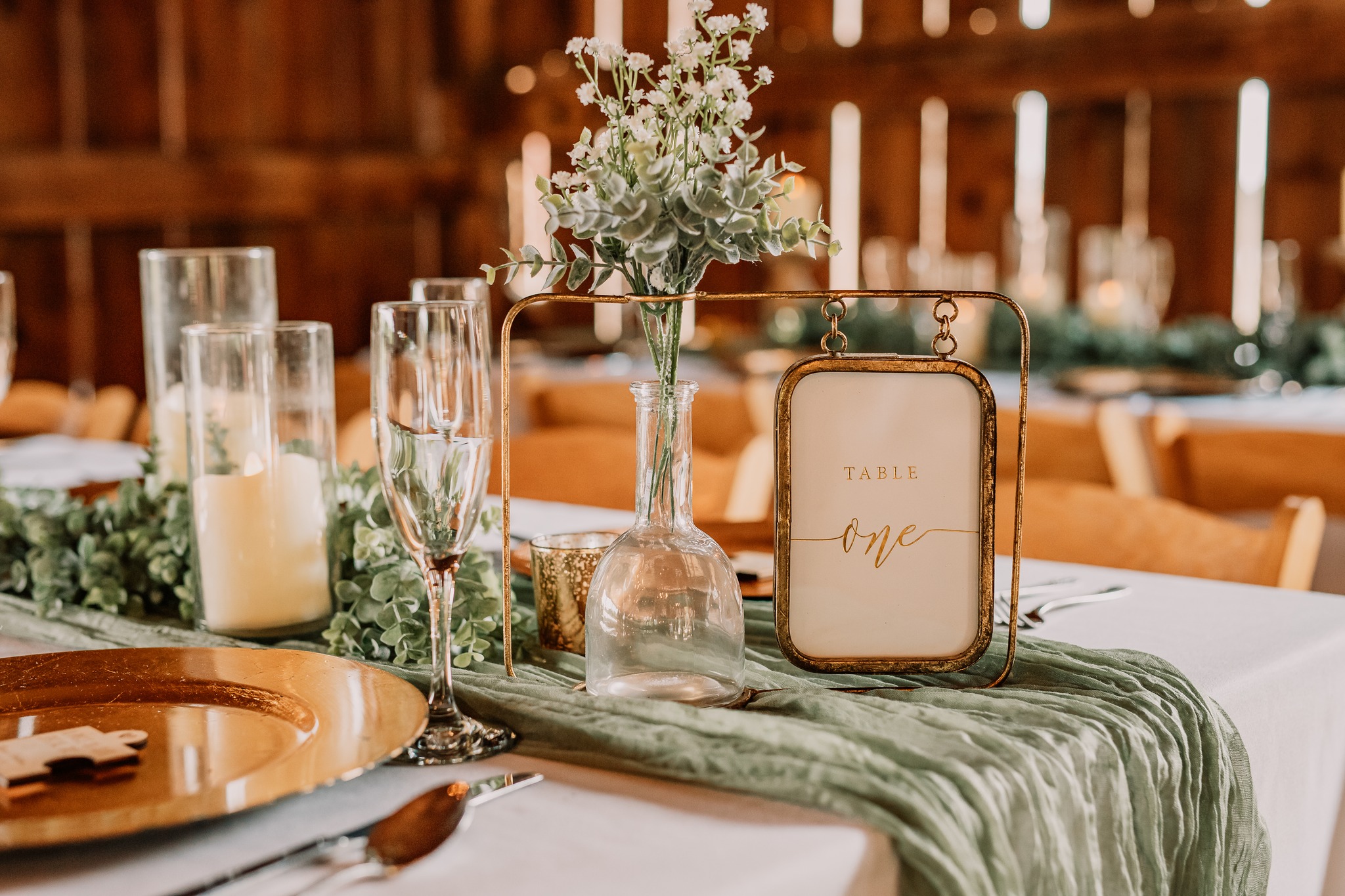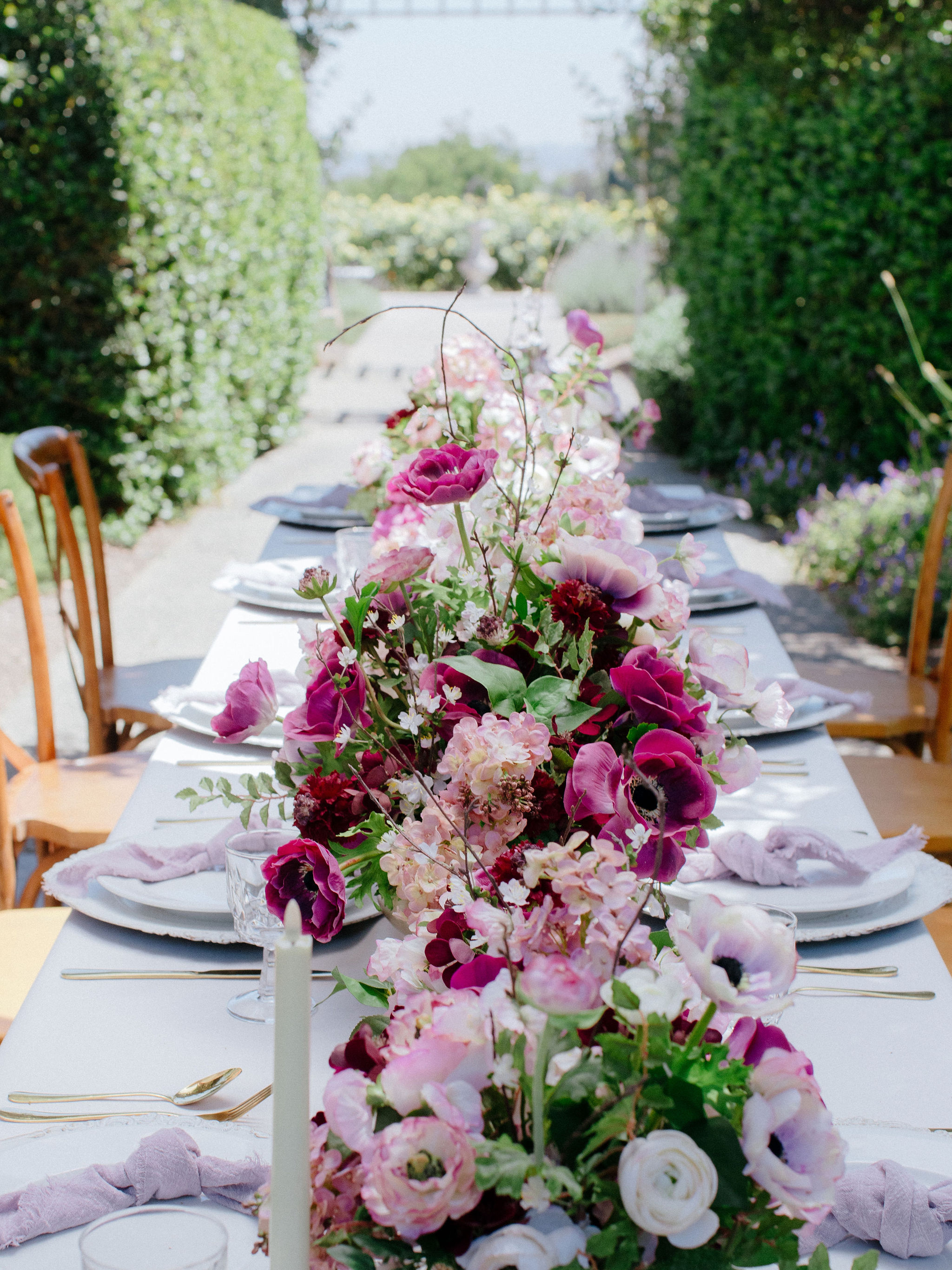In our last issue, we discussed attaining net zero carbon emissions through several methods, including reducing waste. Let’s take a deeper dive into limiting waste through a framework known as “circularity,” which works to limit waste at the front end of any production, and factors in how to eliminate waste by plugging it back into the system.
We can only accomplish so much sustainability through a linear framework, because in this model, there will always be waste created by a consumer; the beginning is always the producer and the end is always the landfill. In a circular model, there is no beginning and no end, just a harmonious system that uses all energy and material for a purpose, where waste doesn’t exist. This practice is called “closing the loop.”
Sustainability experts at Inchainge Knowledge Base say that circular economies use three key factors to separate growth from negative
side effects:
- They design waste and pollution out of the system.
- They keep products and materials in use.
- They regenerate natural systems.
In other words, sustainability is the goal, and circularity is the practical method that can achieve this goal. An article titled Circularity is the next frontier of sustainability. What is it? for Business of Home says of circularity: “It means that a product is created with its own end-of-life taken into account. In a circular economy, once the user is finished with the product, it goes back into the supply chain instead of the landfill. The motto of the circularity movement, in a nutshell: Waste not, want not.”

Partnering with vendors who prioritize waste reduction makes your job easy. Weddings at Eisler Farms has created a sustainable décor collection called the I Do Redo Collection that is free for couples to use on their wedding day, and they can contribute to it if they wish by donating any additional décor or signage. Photo courtesy True North Photography
Creating circular events
Circularity can be applied to events in the same way. In a circular economy, events are created with their own end-of-life taken into account. They are designed in such a way that once they have ended, the products and materials left over go back into the supply chain instead of the landfill.
Besides reducing carbon emissions, moving from a linear approach to a circular approach prevents pollution by reducing the need for new materials to be harvested; saves energy and money; and limits waste, creating a healthier planet (which leads to healthier communities). Here are some ways to start redesigning your events to fit within a circular economy.
The five Rs
Everyone knows the phrase “reduce, reuse, recycle,” but the more accurate phrase is “refuse, reduce, reuse, repurpose, recycle.” Applying this framework to all the material used in your event will eliminate unnecessary product waste.
Refuse
The first step of examination is refusing to purchase and use unnecessary product packaging and material by making smarter purchasing decisions. If you avoid creating waste from the get-go, you’ll have less to deal with at the end of the event’s life cycle. For example, Catersource + The Special Event skips carpeting the tradeshow floor, meaning there’s no carpet to discard at the end of the event. This also looks like sending digital invitations instead of paper or using a water bottle refilling station.
Reduce
If you can’t avoid using a harmful, wasteful, or non-recyclable product, look for ways to minimize your dependency on it. This can look like printing double-sided itineraries and purchasing products that have minimal to no packaging.
Reuse
“Single-use plastics have created a ‘throw-away’ culture by normalizing consumer behavior of using materials once and then throwing them away,” notes Roadrunner Waste Management. Events are notorious for single-use waste, so replacing throw-away items with reusable ones, like swapping plastic silverware for the reusable kind, is sustainable and more cost-effective long-term.

Reusable silk flowers are a conscious choice that can be used over and over again, keeping material in the supply chain—and still look elegant. Florals courtesy Something Borrowed Blooms. Photo courtesy Chris J. Evans Photography
Repurpose
If an item doesn’t meet any of the above criteria, find ways to repurpose it. Also known as upcycling, this will take some creativity but is worth the effort! Props, art, stage material, and other décor can easily be repurposed for different types of events or even different products, like converting food waste into
bio-gas to fuel electricity production (as does Viking Cruises) or upcycling signage materials into attendee bags. If you can get one more life out of it, don’t throw it out yet!
Recycle
Only drop something in the recycling if you can’t find a way to keep it in the closed-loop life cycle of an event. Make sure your events have clearly labeled recycling receptacles and familiarize yourself with local recycling guidelines so you can ensure everything is processed properly and doesn’t head to the landfill instead. The goal is to close the loop so well that hardly anything (or nothing at all) becomes actual waste!
Extra Rs
Depending on who you ask, there can be more than five Rs, each representing a different effort to avoid creating waste: repair, regenerate, refurbish, recover—all ways to examine your event materials and attempt to keep products in the supply chain.

Joelle Parks Events Co. worked with Tied and Two Weddings to come up with beautiful signage that wasn’t single-use. The table number, bar sign, and menu were all designed to be used from wedding to wedding! Photo courtesy Him & Her Photography
Click here to read part 2 of Going in Circles (In a Good Way)!





